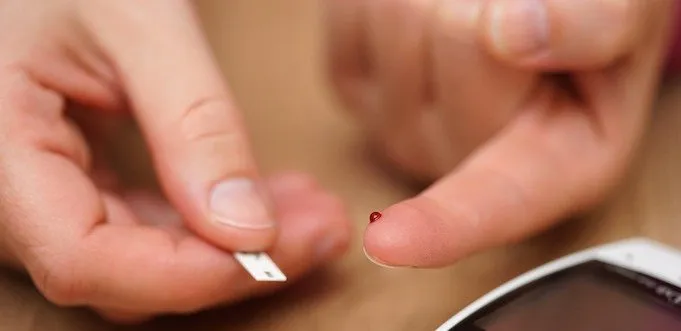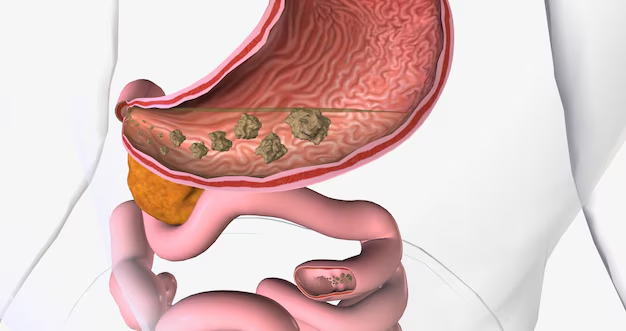High blood sugar, or hyperglycemia, occurs when the body has too much glucose in the bloodstream. This condition can lead to serious health complications if left unmanaged. This article explores the causes, symptoms, risks, and management strategies for high blood sugar.

Causes of High Blood Sugar
1. Diabetes: Type 1, type 2, and gestational diabetes.
2. Insulin resistance: Reduced insulin sensitivity.
3. Poor diet: Consuming high-carbohydrate, high-sugar foods.
4. Physical inactivity: sedate lifestyle.
5. Stress: Hormonal responses raise blood sugar.
Symptoms of High Blood Sugar
1. Increased thirst and urination
2. Fatigue
3. Blurred vision
4. Slow healing wounds
5. Tingling hands and feet
Risks Associated with High Blood Sugar
1. Cardiovascular disease
2. Kidney damage
3. Neuropathy
4. Vision impairment
5. Increased risk of infections
Managing High Blood Sugar
1. Medication: Oral medications or insulin therapy.
2. Diet: Balanced carbohydrate intake and healthy eating.
3. Exercise: Regular physical activity.
4. Monitoring: Blood glucose tracking and HbA1c tests.
5. Stress management: Meditation, yoga, and relaxation techniques.
Lifestyle Changes
1. Healthy eating habits
2. Regular exercise routine
3. Weight management
4. Quit smoking
5. Limit alcohol consumption
Medical Advances
1. Continuous glucose monitoring (CGM)
2. Insulin pumps
3. Artificial pancreas
4. Stem cell research
5. Personalized medicine
Prevention Strategies
1. Regular health check-ups
2. Screening for diabetes and prediabetes
3. Maintaining a healthy weight
4. Engaging in physical activity
5. Eating a balanced diet
Conclusion
High blood sugar is a serious condition requiring prompt attention. Understanding its causes, symptoms, risks, and management strategies empowers individuals to take control of their health.
References:
American Diabetes Association
National Institute of Diabetes and Digestive and Kidney Diseases
Academy of Nutrition and Dietetics

